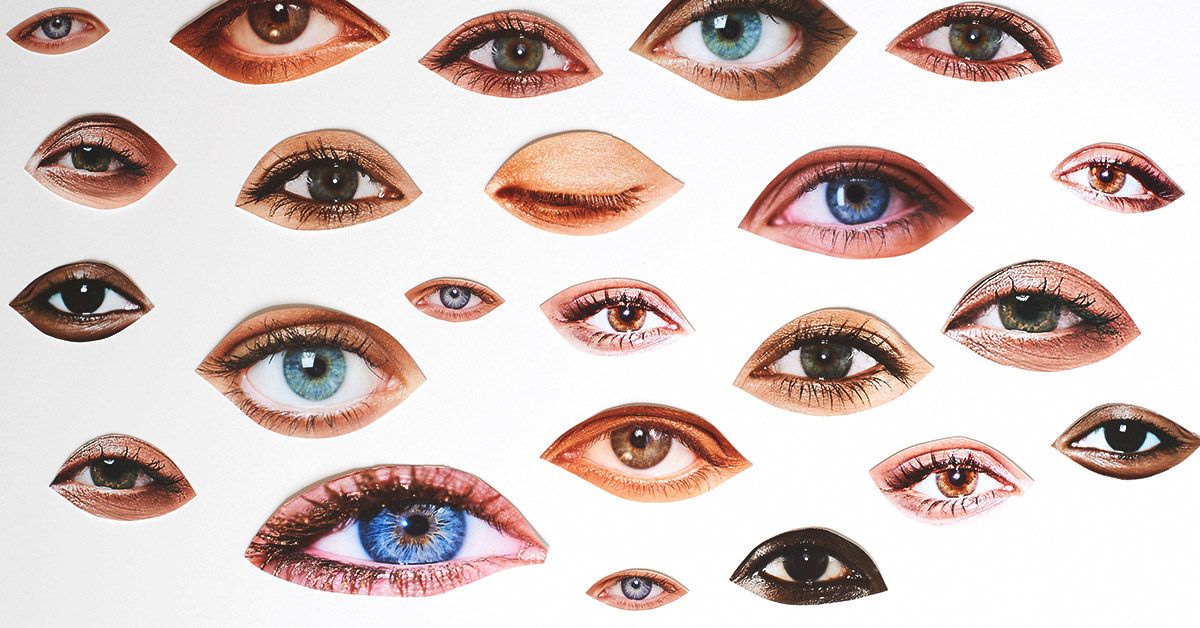And red/green color blindness isn’t less colors, you get more shades of brown.
Which sounds shitty, but invaluable for hunters.
My dad legitimately didn’t know what other people saw for “red” but he could spot a deer in the middle of the woods like it was neon yellow.
I believe the downside to tetracheomacy is less rods because the extra cones are taking up more space. Which I think translates to really bad night vision.
Cool! I had never heard about this theory for explaining color blindness.
There’s very few things that are a flat negative evolutionarily.
Like sickle cell, in most of the world it’s a significant disease. But if you live somewhere with malaria before modern medicine, then for 99.9999% of human existence, you’d be dead at a young age without sickle cell in those places.
Or how appendix bursting was worth the risk of retaining gut bacteria. Once we got clean water, the adaption of not having an appendix started to spread. Until modern surgery took out the negative evolutionary pressure so humans will be stuck with appendixes for ever now.
I’m heterozygous for cystic fibrosis. It fucked my plans for having kids, cause I don’t have vas deferens. (Most people who are heterozygous don’t have any problems, but some men do with fertility). But apparently heterozygous people are more resistant to cholera and dysentery, since our cells hold onto water easier.
According to wikipedia, tetrachromacy is caused by having having both normal vision and red-green color blind genes in different chromosomes, so some of the red or green cones end up being receptive to a wavelength between red and green. Rods don’t sound affected.
Health line article doesn’t mention the wavelength. Got me excited that it was infrared or something
Same with my dad. He said that the military liked red/green colour blindness for spotting camouflaged stuff.
This link is very interesting. Interesting for people that are colorblind, and interesting for people that are not.
I could see 3 out of 4 of them but I’m not colour blind…
That’s fun!! I am not color blind and was able with a lot of work to sort of see some of them. The easiest is the second one just squint and unfocus if you wanna try. The first one I couldn’t get to work at all though
I am colour blind and the first one was the easiest to see by far. My wife couldn’t make it out even when I showed her where the lines were.
Great, I’m too color blind for the normal tests, and not color blind enough for this apparently. Fuckin dots man.
This is how all super powers work… There is always a downside.
According to about 12 seconds of googling this article feels borderline. This article specifically references a 2010 study that says 12% of women carry the gene however the article fails to mention what the study specifically says. In the opening paragraph if the study it says “However, the existing evidence is sparse and inconclusive.” & “Our results suggest that most carriers of color anomaly do not exhibit four-dimensional color vision, and so we believe that anomalous trichromacy is unlikely to be maintained by an advantage to the carriers in discriminating colors.”
I found three different studies regarding this. One said that it was about 15% of women, one said it was 50% of women and 8% of men. Another said that women with color vision defficiency and mild color blindness might have tetrachomacy effectively rendering the extra cones pointless. ANOTHER study showed that only one person EVER had been diagnosed with Tetrachomacy.
While I really appreciate media that brings to light conditions that the average person might not know about I really dislike articles and media that make things seem way more common then they are and/or portray things as fact that are far more nuanced. We already have enough people self diagnosing themselves or self identifying with abilities/disabilities
There is a lot of misinformation about tetrachromacy and sadly this article perpetuates some of it. 12% of women are dormant tetrachromats, which means they have extra sets of cones but don’t actively use the extra ones. And the article suggests men are “less likely” to be tetrachromats, which is technically true, but misleading, since men cannot be tetrachromats at all.
(person points to blue)
Me: blue.
(Person points to purple)
Me: blue-ish?
(Person points to aqua)
Me: blue but like… Different?
(Person realizes I just suck with colors)
I’m the same. I stopped trying to name colours a long time ago.
This is how we found out my mother had it:
Mom: “The colours on this new TV are terrible. Everyone is green.”
Me: “Okay, hold on, let me adjust the tint.”
Mom: “Now they’re too blue.”
Me: adjusts the colour temp
Mom: “Ew, now everyone is too yellow, it’s like the Simpsons.”
- one hour later of adjusting each setting by one step *
Mom: “Well, it’s still not right, but it’s less awful.”
A few years later I found out about Tetrachromacy tests online, and she scored something like 98%.
Removed by mod
Is the difference in the eyes or brain?
It’s a fourth cone in the eyes. Interesting that the brain just rolls with it being present. Something similar was done to give squirrel monkeys the missing cone they need to see red: https://www.nationalgeographic.com/science/article/gene-therapy-gives-full-colour-vision-to-colour-blind-monkeys
Eyes.
Several of the most common types of colorblindness are much more common in men because they’re X chromosome linked. Women have to fail the lottery twice in a row to be red/green colorblind, men just have to fail it once.
Men who are red/green colorblind have mutated green cone cells, which respond to lower wavelengths than they should, closer to yellow than green. So red and green look more similar than they should.
Women who lose the genetic lottery once but not twice may have normal green and abnormal “yellow” cones in their eyes. In many cases, the “yellow” cones just don’t do anything, and they have normal trichromat vision. A very rare set of women have both green and active yellow cones…that detect a wavelength that isn’t useful to detect because red and green cones working together can do it just fine, so they don’t really see anything else. 12% of women aren’t walking around seeing turbocolor.
The eyes. Tetrachromats have a 4th kind of cone in the eye.
Tetrachromacy is real, and does improve the range of colour differentiation in people who have it, but the headline here greatly exaggerates the degree to which that is true.
https://www.youtube.com/watch?v=fDoAs0qN7lU
The title is predicated on the idea that 1 cone = 100; 2 cones = 1002 = 10,000; 3 cones = 1003 = 1,000,000; so having 4 cones = 100,000,000. But this is misleading, because once you have three kinds of cones, any point within the visible range has its own unique response. The 4th cone improves the ability to make fine differentiations (the examples in other comments here are fantastic demonstrations of that), but doesn’t add entirely new colours.
Sort of like how 3 towers are enough to triangulate someone’s location on a map. A 4th tower might make the triangulation go easier, or give you more confidence in your result, but it doesn’t fundamentally alter your understanding.








